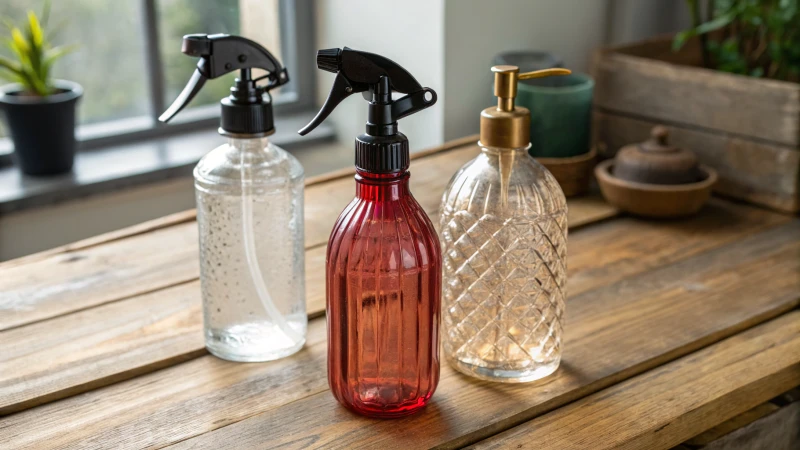
Ever wonder what the perfect sprayer bottle material is for your brand? Let me take you on a journey through PET, PP, and glass.
When it comes to premium sprayer bottles, PET shines for being lightweight and shatter-resistant, PP is unbeatable for chemical resistance and affordability, while glass offers unmatched luxury and eco-friendliness. Your best pick hinges on your product’s needs, market placement, and how you envision your brand.
I remember the first time I had to choose packaging materials for my skincare line. It felt like standing at a crossroads with each path leading to a different brand story. PET seemed like the obvious choice at first—lightweight, easy to transport, and sturdy enough to handle a drop or two. However, when dealing with more potent formulations, I realized PP could withstand the chemical intensity without breaking a sweat. But then there’s glass—the timeless classic that whispers elegance and sustainability.
Diving deeper into these options, I found that each material carries its own set of perks and quirks. PET‘s recyclability aligns with our eco-conscious goals but isn’t great for all formulas due to its limited chemical resistance. PP stood out with its cost-effectiveness and robustness, especially for products rich in active ingredients. And glass? It’s perfect for those luxurious serums that deserve a beautiful home. Choosing the right material is like picking the right outfit for your product; it’s about how you want your brand to feel and be perceived by the world.
PET is the most eco-friendly material for sprayer bottles.Vals
Glass is more eco-friendly due to its recyclability and natural composition.
PP is the most affordable option for sprayer bottles.Echt
PP offers cost-effectiveness, making it a budget-friendly choice.
Why Are PET Sprayer Bottles So Popular?
Ever wondered why PET bottles have taken over your bathroom shelves? Let me share why they’re so popular.
PET bottles are the go-to choice for sprayers due to their clarity, lightweight nature, and durability. They’re shatter-resistant and cost-effective, making them perfect for high-volume production and everyday use. Plus, their recyclability adds an eco-friendly bonus that many consumers appreciate.
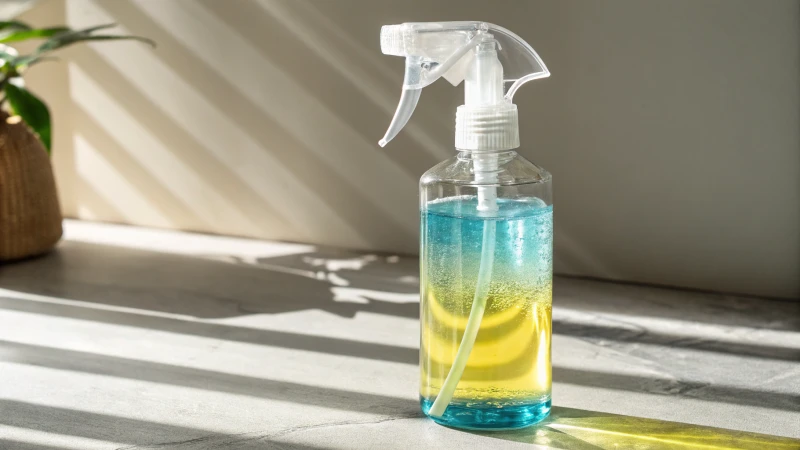
Why Choose PET for Sprayer Bottles?
Clarity and Aesthetics
I remember the first time I used a sprayer bottle made of PET. The transparency was astounding—I could actually see the vibrant colors of my homemade essential oil blends shimmering through. This clarity isn’t just for show; it’s crucial for branding, especially in the cosmetic industry1. Many brands leverage this visual appeal to attract customers right off the shelf.
Lightweight Design
Carrying around a heavy glass bottle was a nightmare until I switched to PET. Imagine the relief I felt when I no longer had to lug that weight around, especially during travels. PET‘s lightweight design cuts down shipping costs too, which was a pleasant surprise for my budget-conscious self. For travel-sized products2, it’s almost like a dream come true.
Durability and Safety
There’s nothing more reassuring than knowing that if I accidentally drop my bottle in the bathroom or kitchen, it won’t shatter into a million dangerous pieces. PET‘s shatter-resistant nature has saved me from many potential accidents, making it ideal for use in places where drops are more common.
| Benefit | Explanation |
|---|---|
| Clarity | Allows consumers to see the product inside, enhancing its visual appeal and transparency. |
| Lightweight | Reduces shipping costs and increases convenience for consumers, especially during travel. |
| Durability | Shatter-resistant, providing safety and longevity to the product in high-risk environments. |
| Cost-Effective | Lower production costs make it an affordable choice for manufacturers aiming to optimize budgets. |
Cost-Effectiveness
PET’s cost-effectiveness was a pleasant discovery for me as a business owner trying to optimize my budget. It’s cheaper to produce than glass or metal, and its recyclability3 aligns with my goal of meeting the growing consumer demand for sustainable products.
Sustainability Considerations
As someone who is increasingly conscious of environmental issues, I love that PET is highly recyclable. This aligns with my personal values and makes it easier to appeal to eco-conscious consumers.
In conclusion, while PET might not be the best for all formulations due to its limited chemical resistance, its advantages in clarity, weight, durability, and cost are hard to beat for many applications.
PET bottles are heavier than glass.Vals
PET bottles are lighter than glass, reducing shipping costs.
PET is recyclable and eco-friendly.Echt
PET's recyclability aligns with consumer demand for sustainability.
Why is Polypropylene (PP) a Top Choice for Chemical Resistance?
Ever wondered why polypropylene (PP) is a go-to for chemical-heavy applications? Let me take you through the fascinating world of PP‘s unmatched chemical resistance.
Polypropylene (PP) offers remarkable chemical resistance, outperforming many plastics like polyethylene. It’s impervious to acids, alkalis, and organic solvents, making it an ideal choice for applications demanding robustness against harsh chemicals.
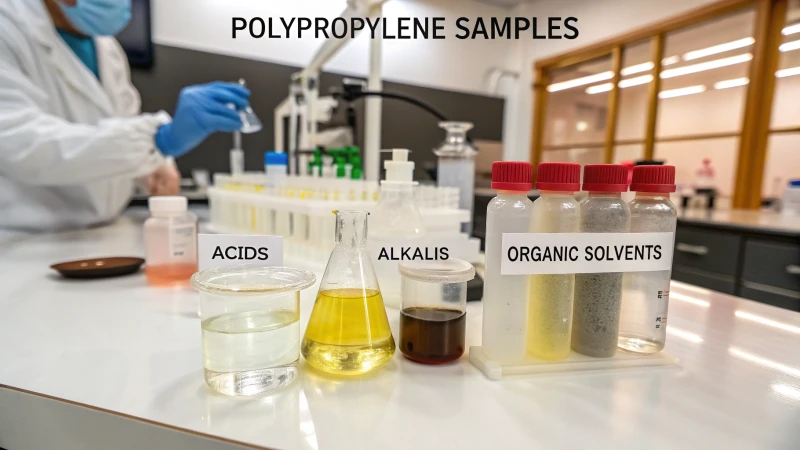
Overview of Polypropylene’s Chemical Resistance
I remember the first time I encountered polypropylene in a factory setting—it was love at first sight! Its robust nature makes it incredibly versatile. Thanks to its unique molecular structure, PP stands strong against a slew of aggressive chemicals, such as acids4 and alkalis, without breaking a sweat. That’s why industries like pharmaceuticals and manufacturing swear by it.
Comparison with Other Plastics
In my experience, when you stack PP up against other plastics like polyethylene (PE), the difference is clear. Polyethylene tends to falter when faced with aromatic hydrocarbons and oxidizing acids. In contrast, PP holds its ground, maintaining its integrity even in tough environments. Here’s a quick comparison to show what I mean:
| Material | Chemical Resistance | Common Applications |
|---|---|---|
| Polypropylene | Excellent | Industrial tanks, packaging |
| Polyethylene | Moderate | Containers, tubing |
Real-World Applications
In real life, I’ve seen polypropylene used in everything from car batteries to industrial tanks. It’s a staple in automotive and consumer goods sectors because of its reliability. Picture this: a car battery5 enduring relentless exposure to sulfuric acid—no problem for PP!
Considerations in Material Selection
Choosing the right material isn’t just about chemical resistance, though. You have to weigh in other factors like temperature tolerance and mechanical strength. I always recommend consulting chemical compatibility charts6 to make sure the chosen material ticks all boxes for safety and performance. After all, getting the balance right is key to success!
Polypropylene resists aromatic hydrocarbons better than polyethylene.Echt
Polypropylene maintains integrity in environments with aromatic hydrocarbons, unlike polyethylene.
Polyethylene is more resistant to sulfuric acid than polypropylene.Vals
Polypropylene is used in car batteries due to its resistance to sulfuric acid.
Why Is Glass Considered a Luxurious Option for Sprayer Bottles?
When I think about luxury in packaging, glass sprayer bottles immediately come to mind. Their elegance and eco-friendly nature set them apart from the rest.
Glass sprayer bottles are considered luxurious because they combine visual appeal, environmental friendliness, and effective product preservation. Unlike plastic, glass offers a premium, sophisticated look and protects formulations better, making it a top choice for luxury brands.
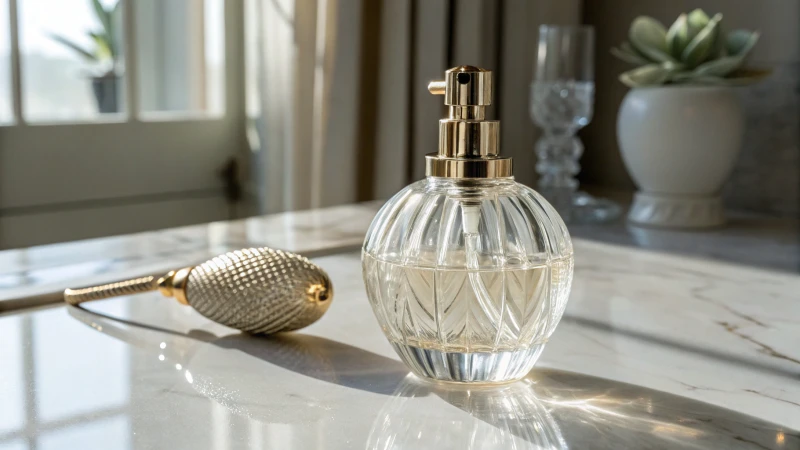
The Allure of Aesthetic Elegance
When consumers think of luxury, visual appeal often takes precedence. I remember the first time I held a glass bottle in my hand. It was at a quaint little boutique, and the sheer clarity of the glass allowed the vibrant colors of the serum inside to shine through, making it almost irresistible to buy. Glass bottles exude a timeless elegance that instantly elevates the perceived value of any product.
Environmental Benefits
For me, choosing glass isn’t just about looks—it’s about making a responsible choice. In an age where sustainability is paramount, glass stands out as an eco-friendly option. Knowing that glass is fully recyclable and doesn’t leach harmful chemicals gives me peace of mind. This aligns with consumer demand for sustainable packaging, making it a win-win for anyone conscious about their carbon footprint.
Formula Preservation and Protection
There’s nothing more disappointing than investing in a premium product only for it to lose its effectiveness. Glass bottles offer superior protection against external elements such as air and moisture, which can compromise the integrity of sensitive formulations. The near-zero gas permeability of glass ensures that products remain potent and fresh for longer periods. This makes it ideal for high-end serums and perfumes, which demand meticulous care in packaging.
| Material | Aesthetic Appeal | Environmental Impact | Protection Level |
|---|---|---|---|
| PET | Moderate | Moderate | Low |
| PP | Low | Moderate | High |
| Glas | High | High | Very High |
Consumer Perception and Brand Positioning
Using glass in sprayer bottles can significantly enhance how a brand is perceived. Consumers often associate glass packaging with quality, luxury, and trustworthiness. By opting for glass, brands can position themselves as premium players in the market, appealing to those who value both luxury alongside sustainability.
To explore further, discover how brand positioning7 strategies incorporate glass packaging to enhance luxury appeal.
Glass bottles are fully recyclable and eco-friendly.Echt
Glass is recyclable without loss of quality, unlike some plastics.
Plastic bottles offer better protection than glass.Vals
Glass has near-zero gas permeability, offering superior protection.
Which Material Offers the Best Balance of Cost and Performance?
Have you ever stared at a sea of material options, wondering which will deliver the best bang for your buck?
Materials like PET, PP, and glass each bring unique benefits to the table. PET is a budget-friendly, lightweight option; PP shines with chemical resistance; and glass offers a luxurious, eco-friendly touch. The right choice depends on your specific project needs.
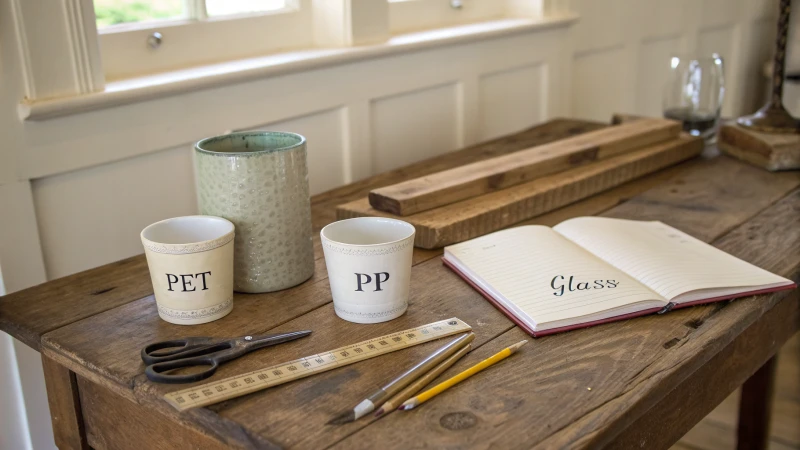
Understanding Material Characteristics
When it comes to picking the right material for my projects, I often feel like I’m navigating a maze. Each material has its quirks and strengths, and understanding them can be the key to making a smart choice. Take Polyethylene Terephthalate8 (PET), for instance—it’s like the featherweight champ of materials: light and shatter-resistant. It’s perfect for applications where weight matters.
| Material | Key Properties |
|---|---|
| PET | Lightweight, shatter-resistant |
| PP | Chemical resistant, cost-effective |
| Glas | Premium look, eco-friendly |
Analyzing Application Needs
- PET: I remember choosing materials for my own skincare line. PET was a lifesaver for facial mists and serums9—its clarity and feather-light nature made it perfect.
- PP: On the other hand, when working with more aggressive formulas, PP10 came into play with its excellent chemical resistance.
- Glas: Then there’s glass—a material that always makes me think of luxury. Its use in premium serums and perfumes11 adds that touch of elegance I love.
Evaluating Cost Efficiency
Cost is always at the back of my mind when choosing materials. PET and PP offer savings on production due to their lightweight nature, which also keeps shipping costs down. But glass, despite its higher expense, offers that premium feel that can be worth every penny.
Cost Comparison
| Material | Production Cost | Shipping Cost |
|---|---|---|
| PET | Low | Low |
| PP | Lower | Low |
| Glas | High | High |
Considering Environmental Impact
In today’s world, going green isn’t just a trend—it’s a necessity. I find myself leaning towards recyclable PET12 and PP more often as they check the eco-friendly box.
Choosing the right material is like finding the perfect partner; it’s all about balance. Weighing cost against performance and sustainability helps me make choices that are not only smart for my business but kind to our planet as well.
PET is more cost-effective than glass for shipping.Echt
PET's lightweight nature reduces shipping costs compared to heavier glass.
PP is not suitable for products with active ingredients.Vals
PP's chemical resistance makes it ideal for products with active ingredients.
Conclusie
Choosing the right material for premium sprayer bottles involves balancing lightweight PET, chemical-resistant PP, and luxurious glass based on product needs and brand positioning.
-
This link will provide insights into how PET’s transparency enhances cosmetic packaging design and consumer appeal. ↩
-
Explore how lightweight packaging affects consumer experience, particularly in travel scenarios. ↩
-
Learn about the recyclability of PET and how it supports sustainability efforts. ↩
-
Explore detailed insights into how polypropylene withstands acidic environments compared to other materials. ↩
-
Learn why polypropylene is chosen for automotive applications like car batteries exposed to corrosive chemicals. ↩
-
Access comprehensive charts comparing polypropylene’s chemical compatibility with various substances. ↩
-
Learn how top brands utilize glass packaging to elevate their luxury status. ↩
-
Learn how PET’s properties enhance packaging solutions with cost-effective benefits. ↩
-
Discover why PET is preferred for packaging facial mists and serums due to its clarity. ↩
-
Explore PP’s chemical resistance advantages for industrial sprayer applications. ↩
-
Understand the appeal of glass for luxury branding in high-end cosmetics. ↩
-
Gain insights into PET’s recyclable nature and its impact on sustainable practices. ↩



